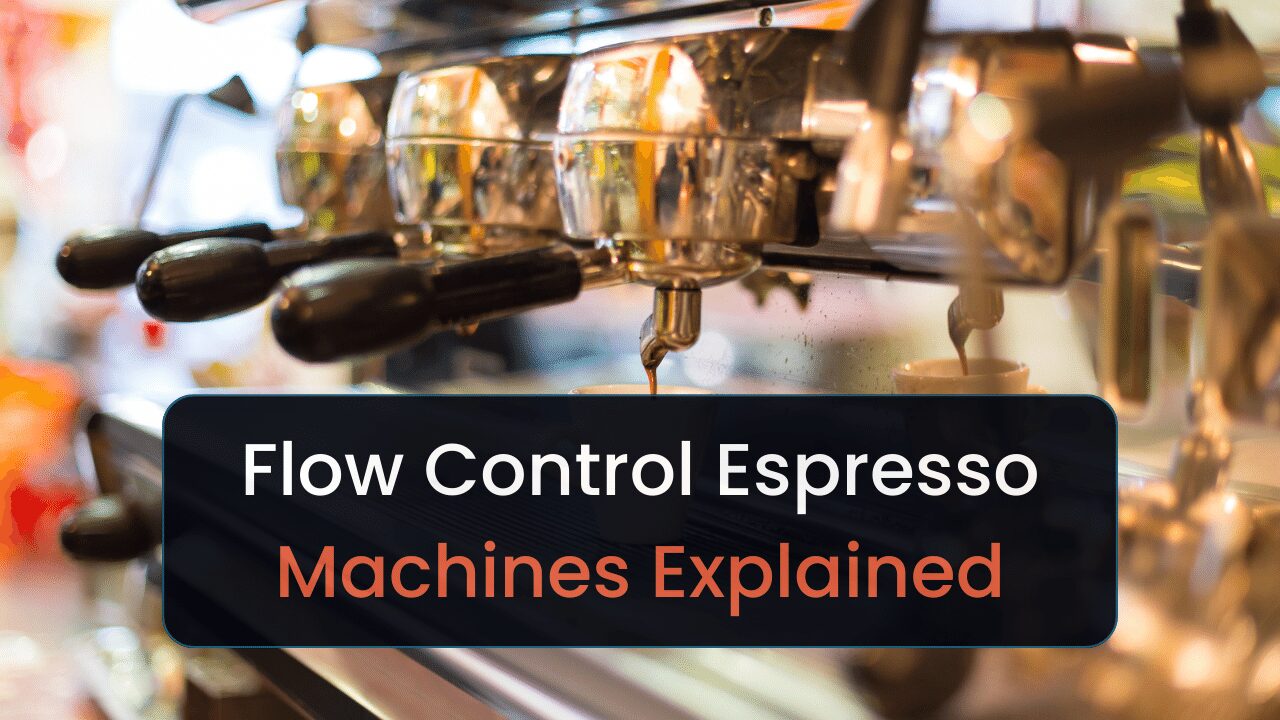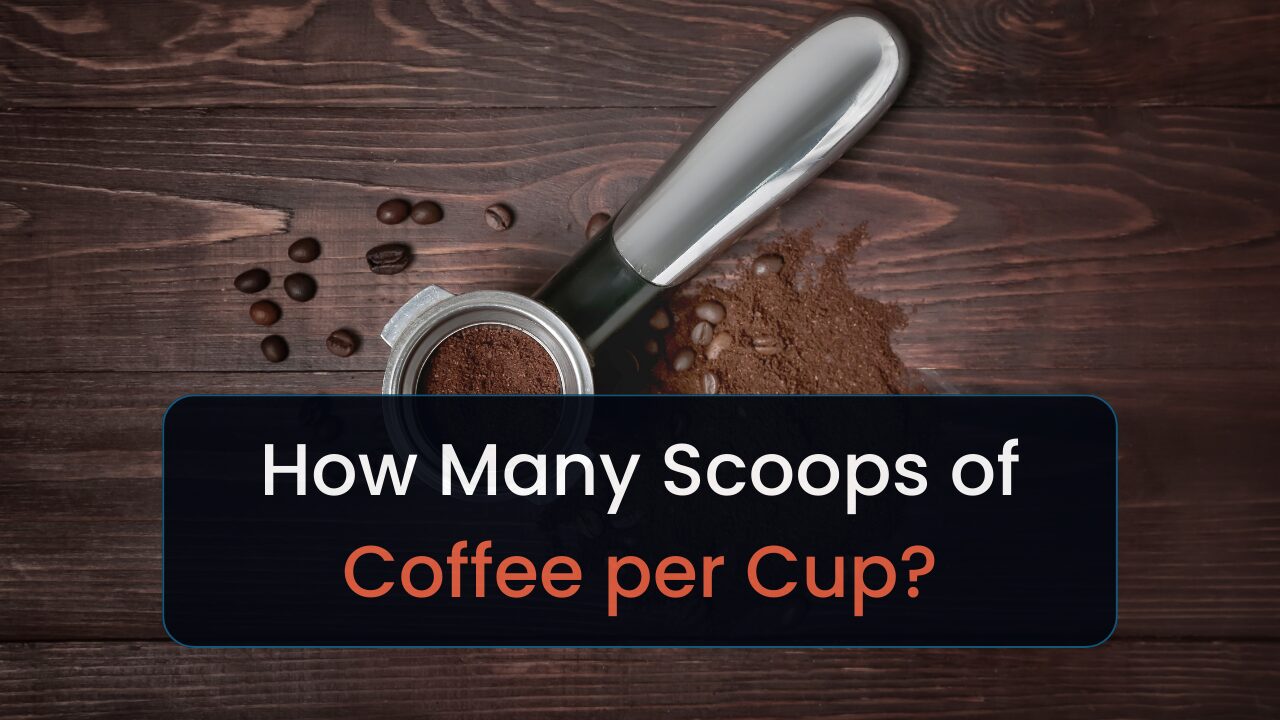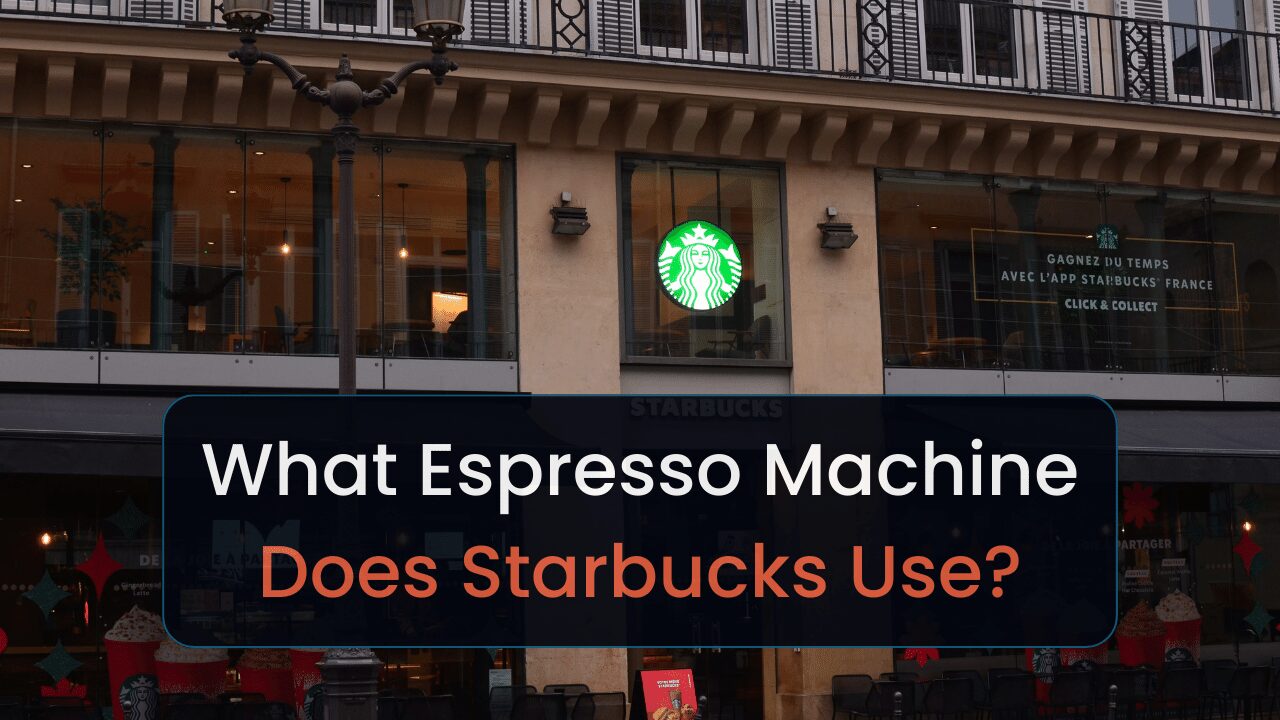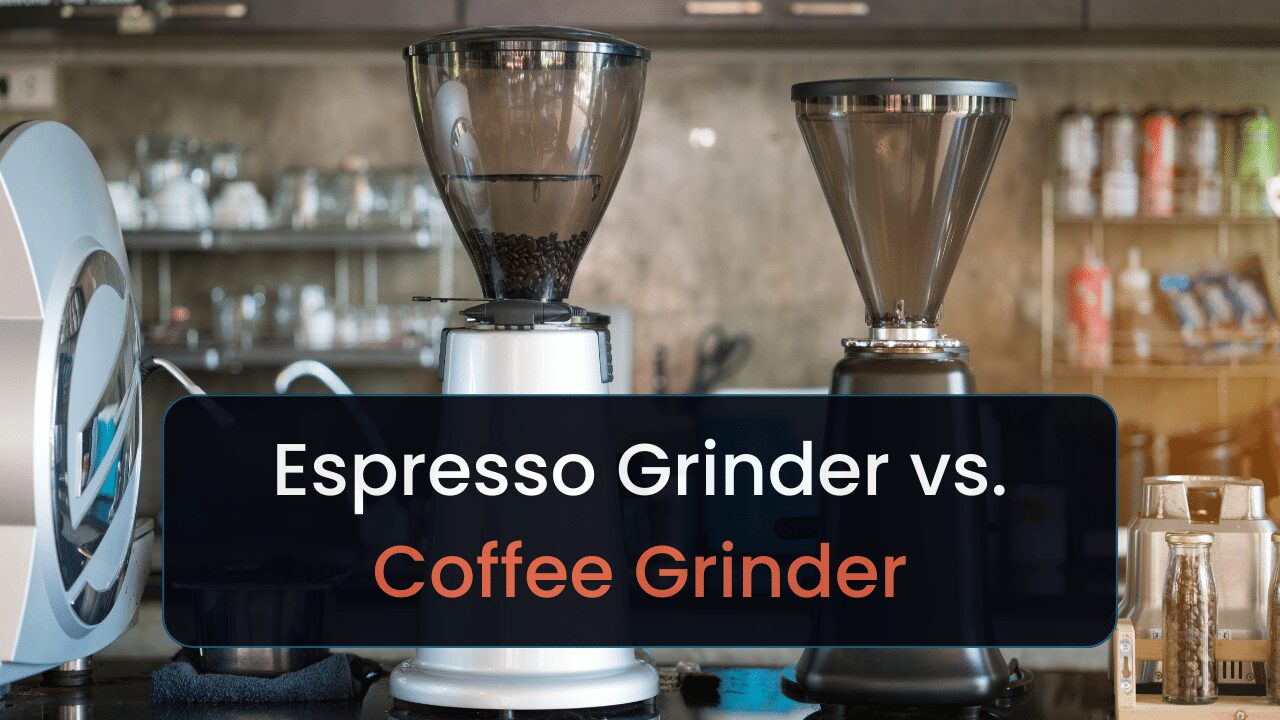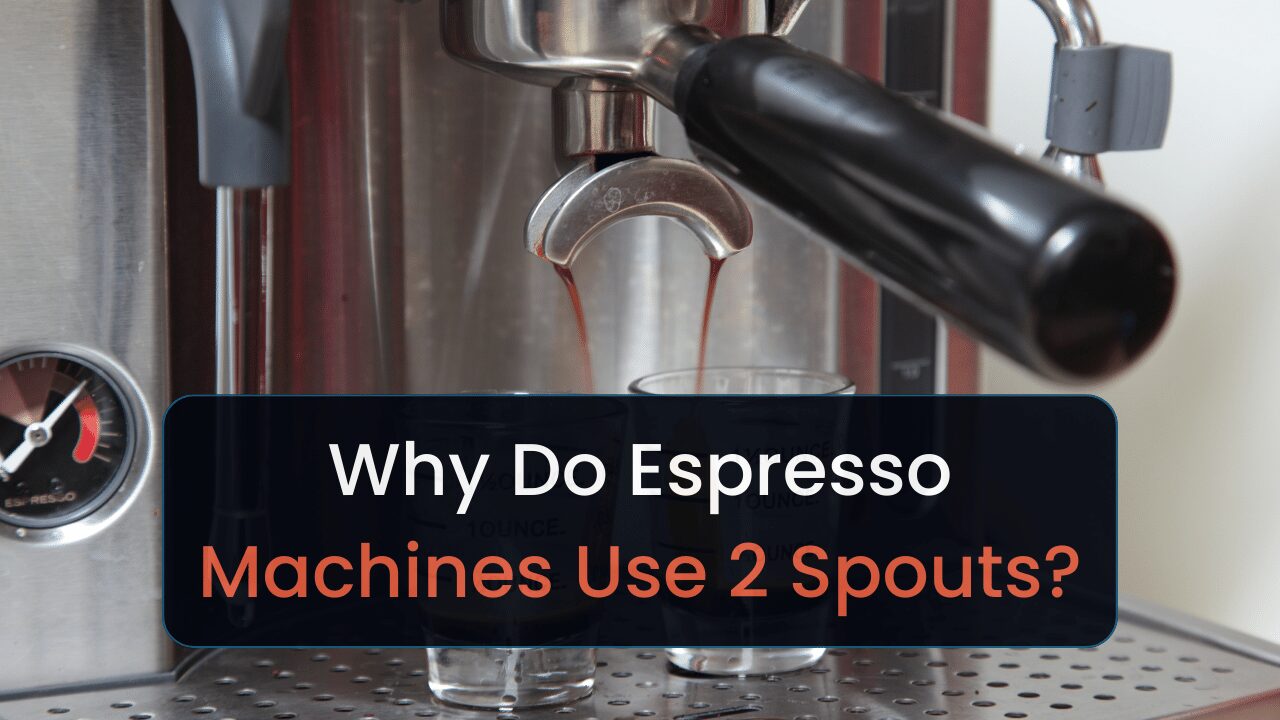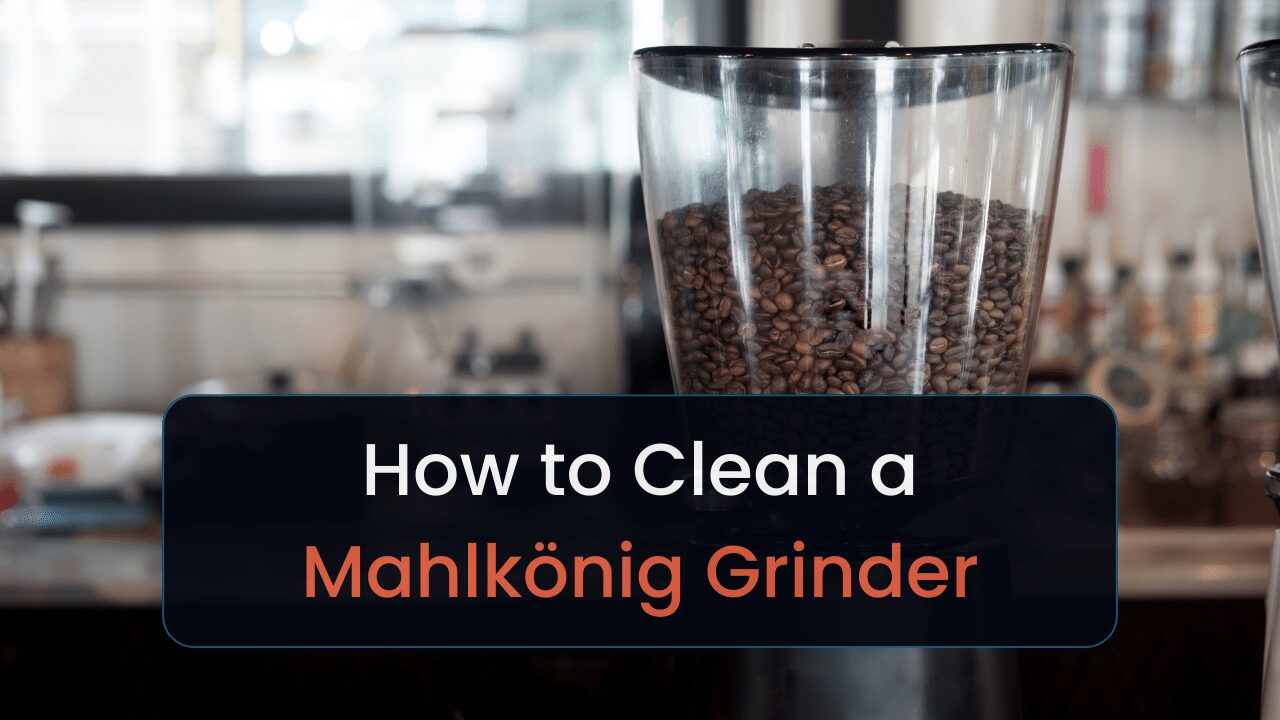As someone who doesn’t want to waste my time on useless features, I found it essential to learn the differences between doser and doserless grinders. Hence, I wrote this guide.
I’ll explain what each grinder type is, areas where they differ, who should get each, and their pros and cons.
Here is an overview:
Let’s jump in.
Key Takeaways
- Busy coffee shops and homes entertaining many guests should consider a doser grinder.
- Doser machines are more complex and cost more.
- Almost all home users will want a doserless grinder.
- Grind quality of both types are identical.
Where Doser & Doserless Grinders Differ
High-traffic businesses and guests entertaining many folks will benefit from a doser grinder.
Doser grinders include a chamber, which makes them better for serving coffee for many guests quicker than older doserless grinders. And doserless grinders (new and old) work better for everyone else.
However:
Many modern doserless grinders include electronic dose control, which makes them better than doser grinders in any scenario.
Let’s learn what a doser grinder is.
What Is a Doser Grinder?
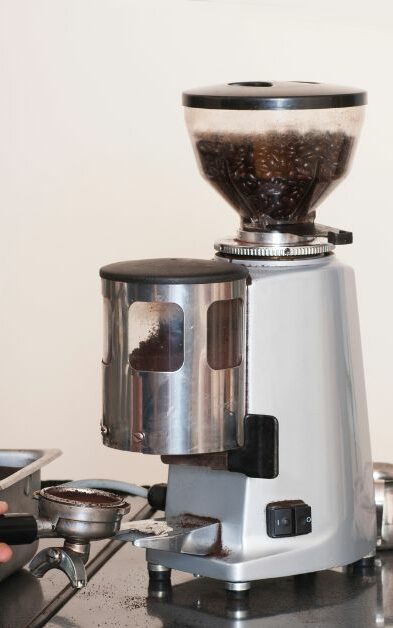
A doser coffee grinder is a type of coffee grinder that has a chamber attached to the front of it that stores ground coffee.
Manufacturers divide the chamber into many pie-shaped segments. When you pull a lever, one of the segments rotates. Dispensing a pre-measured amount of ground coffee into your portafilter.
Each pie-shaped segment usually delivers 7 grams of ground coffee [1]. The actual amount it’ll provide depends on the grinder. But it’ll often measure the output packets by time or weight.
You’ll usually use them in settings such as cafés and restaurants, where baristas can quickly grind and dispense coffee for multiple drinks. Home baristas can also use them if they want convenience.
Keep reading to learn whether they’re worth getting.
Summary: Doser grinders dispense segments of pre-measured coffee grounds into your portafilter or container.
Pros & Cons of a Doser Grinder
Advantages of using a doser grinder include:
- Quick Dispensing: Doser grinders rapidly deliver pre-measured coffee doses for efficiency.
- Less Waste: Minimized leftover grounds reduce coffee wastage in daily operations.
- Adjustable Dosing: Users can customize doses, catering to diverse brewing preferences.
So long as your business has a lot of traffic, these machines are excellent for accommodating that traffic. You can continually spit out coffee grounds since you’re pre-grounding measured beans in different chambers.
And since you’re continually spitting out grounds, you reduce the chance of your beans becoming stale.
You can also dump the excess beans into the doser if you accidentally overload your portafilter. Reducing waste. And this shouldn’t be an issue since many doser grinders allow you to customize dose sizes.
Such pros lose their power when using doser grinders at home. Since you’re not likely serving hundreds of people in a short period.
Disadvantages of using one include:
- Messy Operation: Doser grinders might create messiness due to direct dispensing.
- Costly: High initial investment and maintenance expenses for doser grinders.
- More to clean: The added chamber adds more cleaning and maintenance.
- Freshness: May not have the freshest coffee.
I’ve seen complaints of some doser coffee machines throwing coffee grounds around a counter, which could ruin productivity during a rush. For instance, the Mazzer Mini uses a sweeper handle.
If you tap it too quickly, beans won’t fall straight into your portafilter.
These machines also require you or your barista to clean more since there’s a separate section of moving parts.
These moving parts also make most doser machines priced over $1,000–$2,000. Not ideal for folks or shops on a budget.
Then there’s the freshness issue.
So long as you grind only the amount you need, there’s no problem. But if you pre-grind too many rounds of grinds, then you won’t have fresh beans. Such an issue will also ruin your drinks’ consistency.
Who Should Get a Doser Grinder?
Coffee shops and busy cafés benefit from doser coffee grinders, ensuring efficient, consistent grinding for high-volume demands. Enthusiast home users who are serving many guests coffee may benefit from this.
What Is a Doserless Grinder?
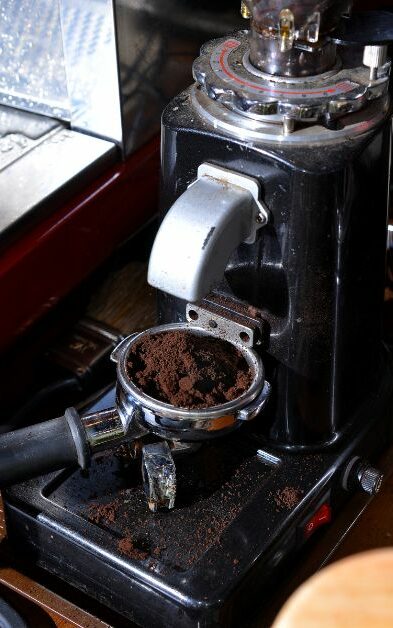
A doserless coffee grinder is a type of coffee grinder that doesn’t have a doser—a chamber that collects ground coffee. They use chutes to grind directly into your portafilter or container.
Since it won’t store grounds in a chamber, you’ll need to plug your portafilter into portafilter forks built into your machine. You’ll need to hold the portafilter under your device if it doesn’t have such a standard feature.
You could use a dosing cup or similar container for other brewing methods.
Many modern doserless models include electronic dose controls and grind much quicker than their older counterparts. Making them perform better and faster than dose machines in high-traffic settings.
Let’s dive into its pros and cons.
Summary: Doserless grinders use a chute to spit out your beans instead of storing them in a chamber.
Pros & Cons of a Doserless Grinder
Pros of using a doserless grinder include:
- Precision: Accurate coffee dosing for consistent brews.
- Freshness: Ensures fresher coffee with no stale grounds.
- Versatility: Suitable for various coffee types due to adjustable grind settings.
You’ll always have your desired grind size coming out of the machine. No potential mix-ups. Ideal if you’re frequently serving a specific brewing method (e.g., espresso).
And since the grounds won’t sit in a dosing chamber, there’s no risk of having stale beans. You won’t have pre-ground beans to accommodate a rush. But you’ll have fresh beans.
Since these machines typically don’t have as many moving parts, they’re easier to clean than their doserless counterparts. They also cost less.
Cons of using one include:
- Learning Curve: Users may need time to master precise dosing techniques.
- Messiness: Direct dispensing can result in a messier workspace.
- Flexibility: Can’t mix grind sizes.
You or your baristas must master different dosing techniques to ensure you’re grinding the right weight. Adding a learning curve to using your machine. And since grounds aren’t trapped in a chamber, you could end up with more of a mess.
Usually, doserless machines won’t make that big of a mess. Keep a towel nearby, and you’ll be fine.
There’s also more waste if you accidentally overfill your portafilter, which could add up if you frequently make mistakes.
Many doserless grinders also have forks for holding portafilters. And a lot of the time, they’re not removable. If you want to use a different-sized container for catching grounds, you’ll have difficulty doing that since the forks are in your way.
Who Should Get a Doserless Grinder?
Coffee shops aiming for precision and home enthusiasts valuing freshness benefit from doserless grinders. These grinders also typically cost less than doser grinders.
More expensive doserless machines with electronic dose control will work better than dose grinders in high-traffic settings. Because they’ll grind quicker and provide more precise grinds.
Conclusion
Doser grinders are only viable for businesses with much foot traffic since they allow you to pre-grind beans into multiple dosage chambers. Thus, home users, small businesses, coffee carts, and coffee stands will want to stick to doserless grinders.
You can also check our GBW coffee grinder collection.

